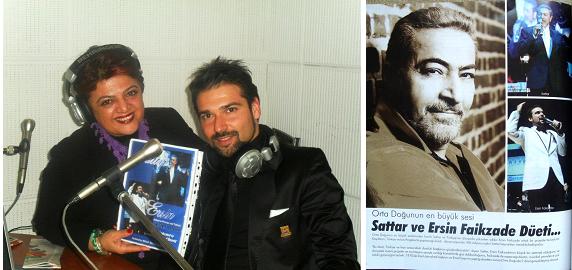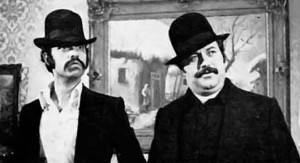The article below is derived from a BBC Persian interview with Turkish History Professor Ilber Ortayli of Galatasaray University in Istanbul Turkey who outlines the long-standing cultural and historical ties between the Turkic and Iranian peoples since pre-Islamic times. Below is the BBC-Persian interview with Professor Ortayli:
Readers are invited to consult Professor Ortayli’s textbook in Amazon.com:
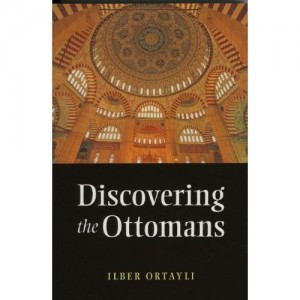 For Persian readers, an article on the Professor’s interview has been reproduced which was originally posted on the Ahura News website.
For Persian readers, an article on the Professor’s interview has been reproduced which was originally posted on the Ahura News website.
======================================================================
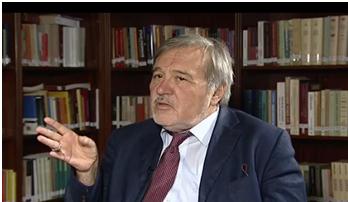 History Professor Ilber Ortayli of Galatasaray University in Istanbul Turkey. For the full BBC Persian interview and report on Professor Ortayli’s interview, kindly click on the above picture.
History Professor Ilber Ortayli of Galatasaray University in Istanbul Turkey. For the full BBC Persian interview and report on Professor Ortayli’s interview, kindly click on the above picture.
Below are some excerpts from that interview:
“The influence of Iran upon the Turks is like the influence of ancient Greece upon the entirety of Europe”
This is a very astute observation, one that has been long overdue in academia. The Turkic and Iranian peoples share a profound, rich, complex and long-standing cultural tradition known as the Turco-Iranian or Persianate civilization. The professor then expands on the above observation by expostulating that:
“We adopted much of our bureaucratic and governance methods from the Iranians during the Ottoman dynasty. We have been influenced by Iranian civilization since ancient pre-Islamic times. The only difference between us [the Turks] and them [the Iranians] is in our language groups…Persian is an Aryan language.”
Professor Ortayli is cognizant of an important fact: the members of Persianate or Turco-Iranian civilzation are distinct from (and pre-date) the Islamic era. To this family may be added the cultures and civilizations of the Caucasus (Arran or modern Republic of Azerbaijan, Armenia, the Lezgians, Georgia, etc.) as well as Central Asia.
The Yulduz Turdieva Musical Ensemble of Uzbekistan. The above video displays Uzbek singer Yulduz Turdieva singing in Persian accompanied by Uzbek musicians composing Classical Persian music. Western historians and writers often refer to the non-Arabian civilizations of the Near East, Central Asia, Iran, etc. as “Islamic” or “MIddle Eastern” . What is often not acknowledged is that there is a powerful and very unique culture shared by Iranian and Turkic peoples known as the Persianate or Turco-Iranian civilzation.
Professor Ortayli also draws upon the influence of ancient Iran, especially Zoroastrianism upon the Turks:
“Our worship of nature and creed of Shamanism has been heavily influenced by Zoroastrianism. And in the days of Islam, all of our learned men/teachers who taught us were all Iranians. Even our alphabet is derived from the Iranians…because of our history with the Ottomans we continue to share a special bond with the Iranians”.
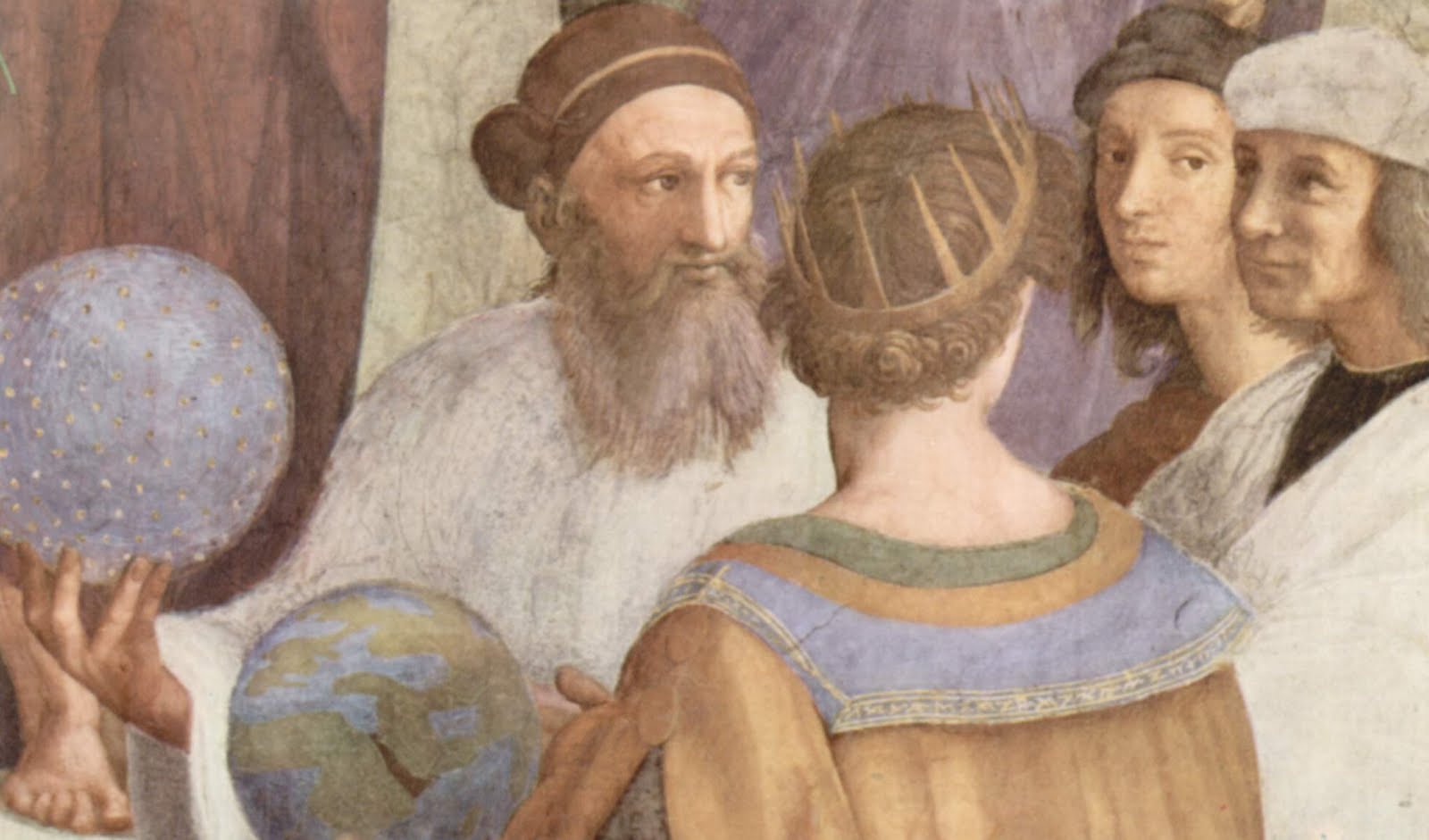 A detail of the painting “School of Athens” by Raphael 1509 CE (Source: Zoroastrian Astrology Blogspot). Raphael has provided his artistic impression of Zoroaster (with beard-holding a celestial sphere) conversing with Ptolemy (c. 90-168 CE) (with his back to viewer) and holding a sphere of the earth. Note that contrary to Samuel Huntington’s “Clash of Civilizations” paradigm, the “East” represented by Zoroaster, is in dialogue with the “West”, represented by Ptolemy. Prior to the rise of Eurocentricism in the 19th century (especially after the 1850s), ancient Persia was viewed positively by the Europeans. For more see Ken R. Vincent: Zoroaster-the First Universalist…
A detail of the painting “School of Athens” by Raphael 1509 CE (Source: Zoroastrian Astrology Blogspot). Raphael has provided his artistic impression of Zoroaster (with beard-holding a celestial sphere) conversing with Ptolemy (c. 90-168 CE) (with his back to viewer) and holding a sphere of the earth. Note that contrary to Samuel Huntington’s “Clash of Civilizations” paradigm, the “East” represented by Zoroaster, is in dialogue with the “West”, represented by Ptolemy. Prior to the rise of Eurocentricism in the 19th century (especially after the 1850s), ancient Persia was viewed positively by the Europeans. For more see Ken R. Vincent: Zoroaster-the First Universalist…
Ortayli also notes of European views of Iranians, past and present:
“When I was a young man, the people of Europe had a different view of the people of Iran, seeing them as gentlemanly and noble…today the Europeans know the Iranians as a people endowed with culture, knowledge and a strong work ethic.”
The professor then made the following observation:
“There are two million Iranians outside of their country and the majority are successful and educated …the fact that they preserve their culture is a miracle…they have made remarkable scientific advances…they work very hard to understand cultures and people’s of the world…”
Professor Orkayli emphasized the importance of the poetry of Molavi (known as Mevlana in Turkey) as the medium in which the Turks can become familiarized with the Persian language.
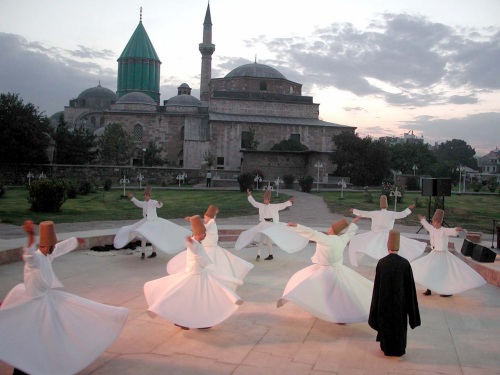 The tomb of Jalal-e-Din Rumi, known as Mevlana by the Turks. Rumi is a highly respected and revered figure in Turkey. The literary links between the Turks and the Iranians remain strong to this day.
The tomb of Jalal-e-Din Rumi, known as Mevlana by the Turks. Rumi is a highly respected and revered figure in Turkey. The literary links between the Turks and the Iranians remain strong to this day.
The Turks have in fact done a remarkable job in preserving this site and are also credited for their efforts in preserving ancient Hellenic sites in Western Turkey, one example being ancient Ephesus. Recognition of links transcending political borders and “nationalistic” sentiments”, led the WAALM Academy to a uniquely successful initiative to foster Turkish-Iranian dialogue.
At left is Radio Istanbul with their distinguished guest, the young and rising star, Ersin Faikzade and at right is the legendary Iranian singer Sattar being cited by the Turkish press. Iranian-Turkish cultural ties predate and transcend the oft-used term “Middle East”, a construct of 20th century Western origin.
Cultural ties between the Iranian and Turkic peoples remain profound and deep-rooted.
Iranian actors Homayoun and Morteza Aghili depicting street-toughs known in Persian as “Jahel” in the movie “Topoli” (the Chubby one). Interestingly, the almost exact type of street-toughs can be seen in Turkey – similar attire (hat, shirt, jacket, shoes), gestures, conversing, codes of conduct and even the minutiae of drinking tea, coffee or alcohol are strikingly parallel!
The parallels in culture can be seen in recent history when Reza Shah visited Mustafa Kemal Attaturk in Turkey. Below is the first video in which Reza Shah of Iran converses in Turkish with Mustafa Kamal Ataturk of Turkey. The clip below was filmed in 1934 and accidentally (or fortunately) discovered after 76 years in a fruit shop in Istanbul.
Reza Shah of Iran conversing in Turkish with Turkey’s Mustafa Kemal Attaturk. This historic meeting serves as yet another highlight of the long-term historical relations between the Iranians and the Turks which has resulted in the phenomenon known as the Turco-Persian or Persianate civilization.
There appears to be a resurgence of interest in the Persian language in Turkey, as seen in the video below:
An interview with Professor Ortayli in Turkish TV (subtitles in Persian) where he discusses the significance of Persian language and culture to the wider Turkic world and Turkey. Iranians and Turks in fact share many common traits, notably in culture, music, foods, etc. While considerably downplayed by Western writers and “nationalists” on all sides, the reality is that Iranians and Turks are (at the very least) cultural cousins. In the broader sense, Iranians and Turks share strong links with the Arabian world as well.

